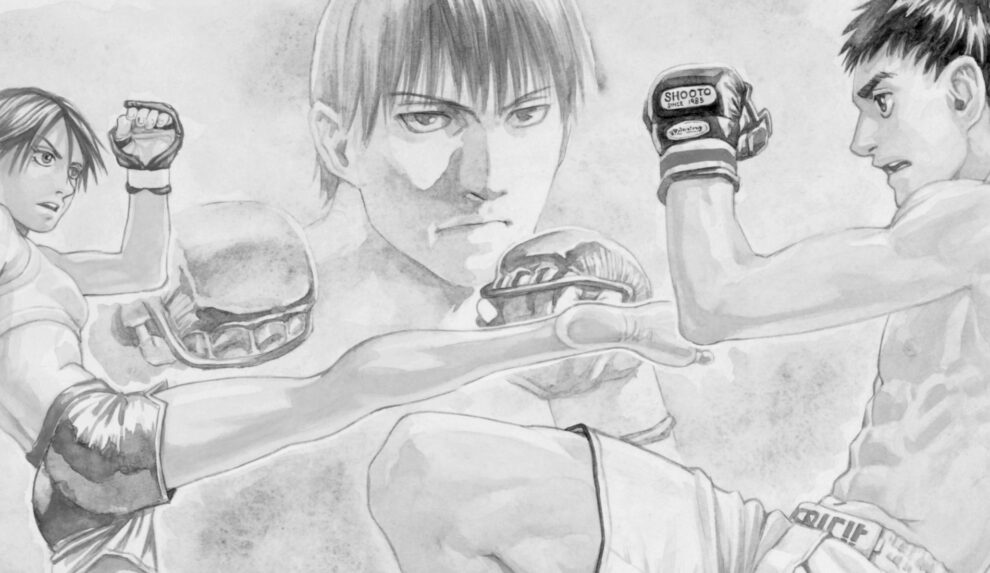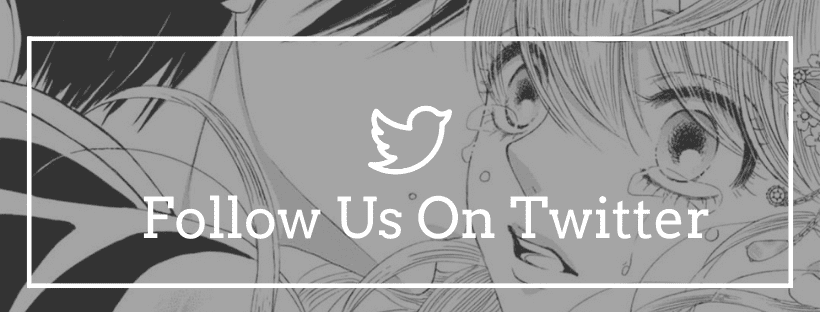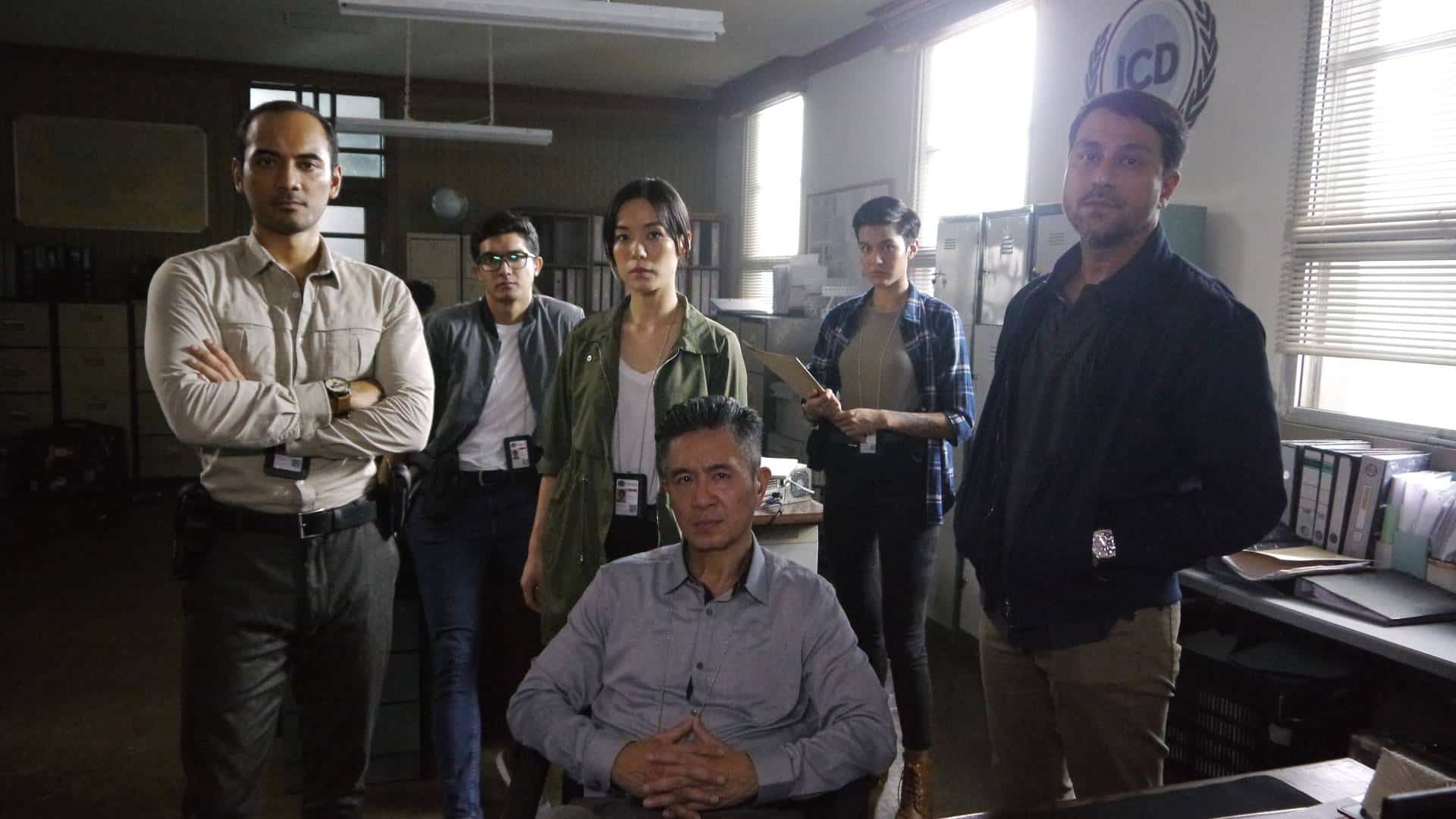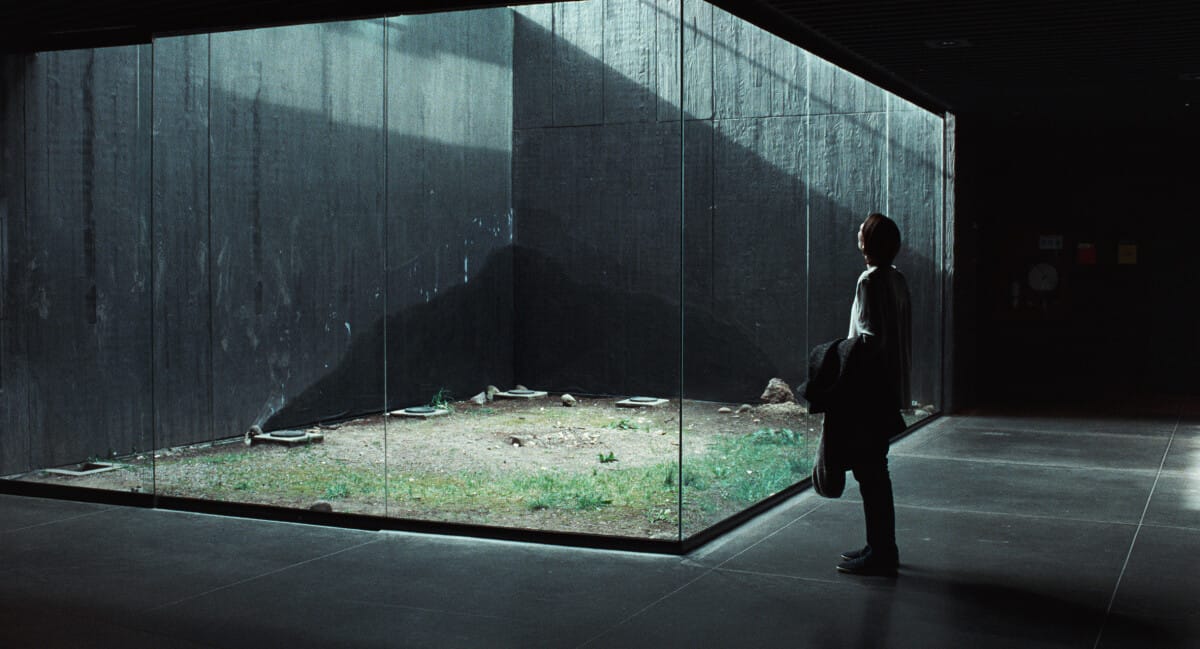Tapping into the inner voice of a fighter in the ring is nothing new to MMA manga, but where Hiroki Endo's “All-Rounder Meguru” transcends many of its more famous counterparts is its dedication to authenticity and ability to break down a fight with technical precision. Couple this with the series' ability to convey the evolution of the sport by amalgamating various techniques, and it proves to be a treat for MMA purists. At the same time, unfortunately, the laser focus on authenticity ensures the manga will stay a niche within the genre.
“All-Rounder Meguru” revolves around several fighters working their way up from amateur to professional within the Shooto organization–a sport with unique rules and history that dates back to its founding in 1986 by Japanese professional wrestler Satoru Sayama. Meguru gains the titular moniker for his well-rounded and adaptable skillset, which would go on to define quintessential champions of MMA. Teenager Meguru's rise through the ranks also orbits other fighters, notably female professional kickboxer turned Shooto fighter Maki and his childhood friend turned rival, Takashi.
Through these fighters, the reader gets different perspectives and approaches toward MMA. These often mimic sentiments of the era, with Maki's initial response to kickboxing reminiscent of the comparable view of the practitioners of the “sweet science” seeing boxing as a greater test of fighting skill over MMA–a debate that still goes to this day. In Maki, among others, the reader also gets to understand the evolution of the sport and how different styles were adapted. Seeing Maki evolve from a standing kickboxer into a fighter capable of fighting off submissions and stuffing takedowns adds excitement to each fight. This may, however, not be as appreciated by those unfamiliar with the amount of work and training it takes to unlearn certain habits to be a more well-rounded fighter.
Maki is, in many ways, the perfect catalyst to explore MMA's changing attitudes and evolution in Japan and in general. Yet, Meguru is the manga's real star, and his fights meld elements of boxing, kickboxing, BJJ, Judo, Karate & wrestling. Adapting depending on the match, the flow of the panels and action meticulously break down every maneuver of the fighter and the logic behind each move. This is a risk/reward back and forth that often mimics other iconic fights and styles. Seeing Meguru deal with a leg-lock expert or a champion wrestler turned fighter is easy to interject any iconic battles within Shooto, UFC, Pride, etc. Simple slips (see below) become moments to instantly capitalize and turn a fight. Meguru's various fights are wonderfully punctuated by instances where a fighter turns everything in their favor by finding a flaw in an otherwise daunting challenge.
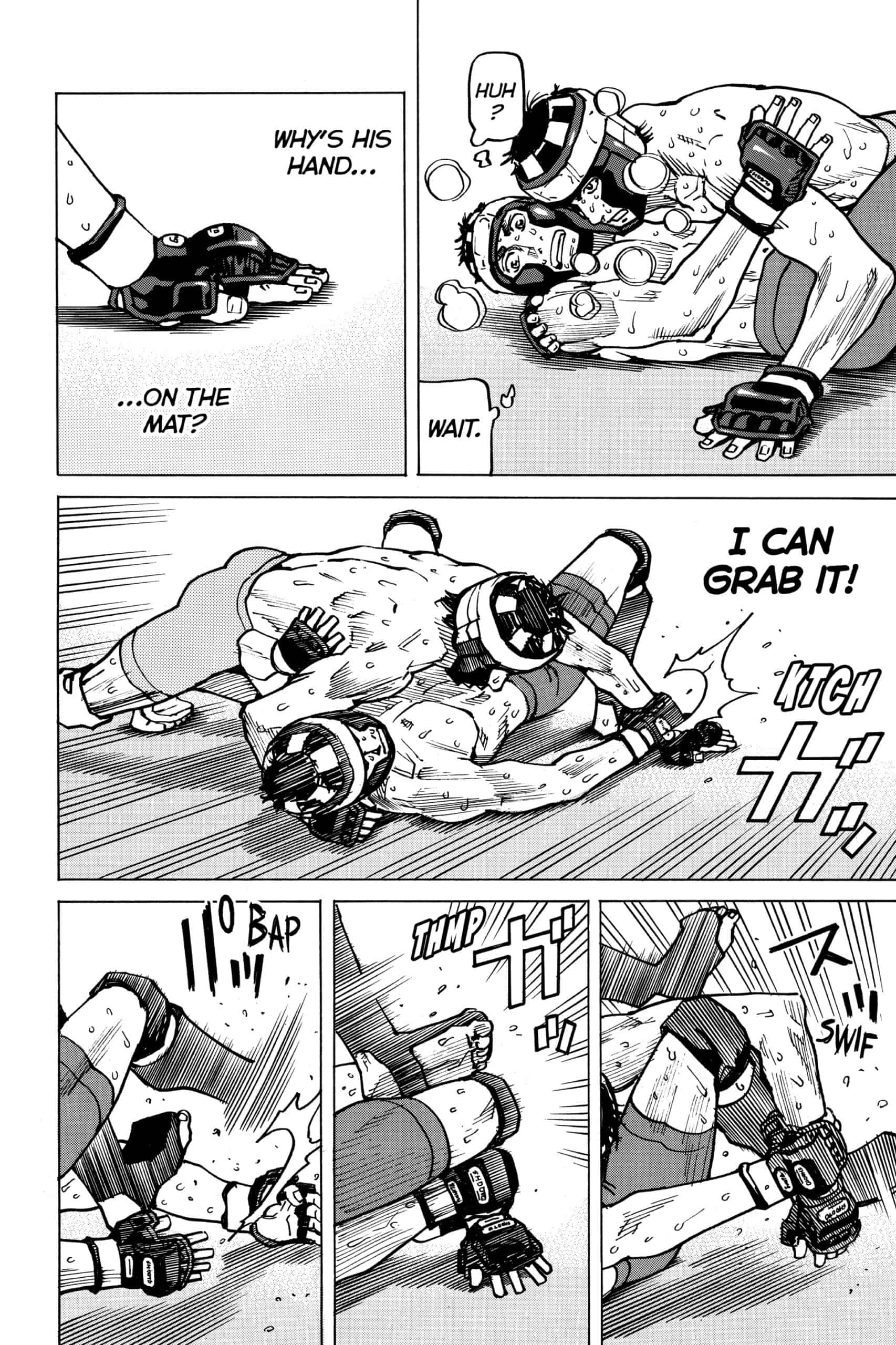
While the defining martial arts incorporated into MMA are homaged, Hiroki Endo's understanding of grappling is slightly more in-depth, with several grappling-only events included in the series run. For fans of BJJ and wrestling, the grappling conveyed with clarity and natural flow is sure to please, but this also begins to highlight the elements that make “All-Rounder Meguru” a niche title within an already niche genre.
While technically immaculate in its representation of the sport, “All Rounder Meguru” lacks the sensational elements that have helped garner success for other sports titles. Even “Hajime No Ippo,” a sincere expression of the sport of boxing, tends to create these larger-than-life characters whose sheer presence is a looming challenge to its protagonist. Yet, Meguru's climb to the top lacks these characteristics, as Hiroki Endo's approach is sincere in trying to capture the different personas that gravitate toward the sport. Not to say they are dull, yet the focus is not as much on glorification as a factual representation of the organization, fighters, and the gyms that support them.
Check also this interview
Consequently, action-heavy chapters are the only instances where the series thrives. Meguru, Maki, and Takashi have serviceable stories to push things forward, and Endo does have a knack for interjecting comedy. Still, none of these elements exceed what you would expect in any given manga based around sport. Moreover, “All-Rounder Meguru” ends at what many would consider the starting point in any sports manga, concluding with his fight to try to enter the pro circuit. While this reflects a creator honing in on a particular timeframe participants in the sport must conquer, the conclusion is far from the catharsis of seeing a cheered fighter make it to the top.

The question is, could “All-Rounder Meguru” have existed in a state where it both appeases hardcore MMA fans while tapping into the sensationalism that has made a small handful of titles become cult favorites? I don't think this could have been the case, and despite story elements lacking a greater draw, the fights are pretty glorious to see broken down. Moreover, the series's grounded realism has appeal, even if it shucks embellishments that could have made the stakes and sense of urgency visceral.
It is difficult to separate my love of all forms of MMA, having once been so obsessed as to learn about the gyms behind each fighter and watching amateur leagues and other sports that orbit MMA to understand better the fundamentals of crafting an “all-rounder.” However, I don't think this level of interest is required and that casual fans of the genre can glean a more significant impression of the sport through Hiroki Endo's meticulously detailed journey of a young fighter from amateur to pro. Alternatively, if you have ever watched a fight, regardless of league/rules, and felt that excitement of a battle turning in favor of your cheered-on fighter, “All-Rounder Meguru” consistently captures that rush with real-time clarity.


